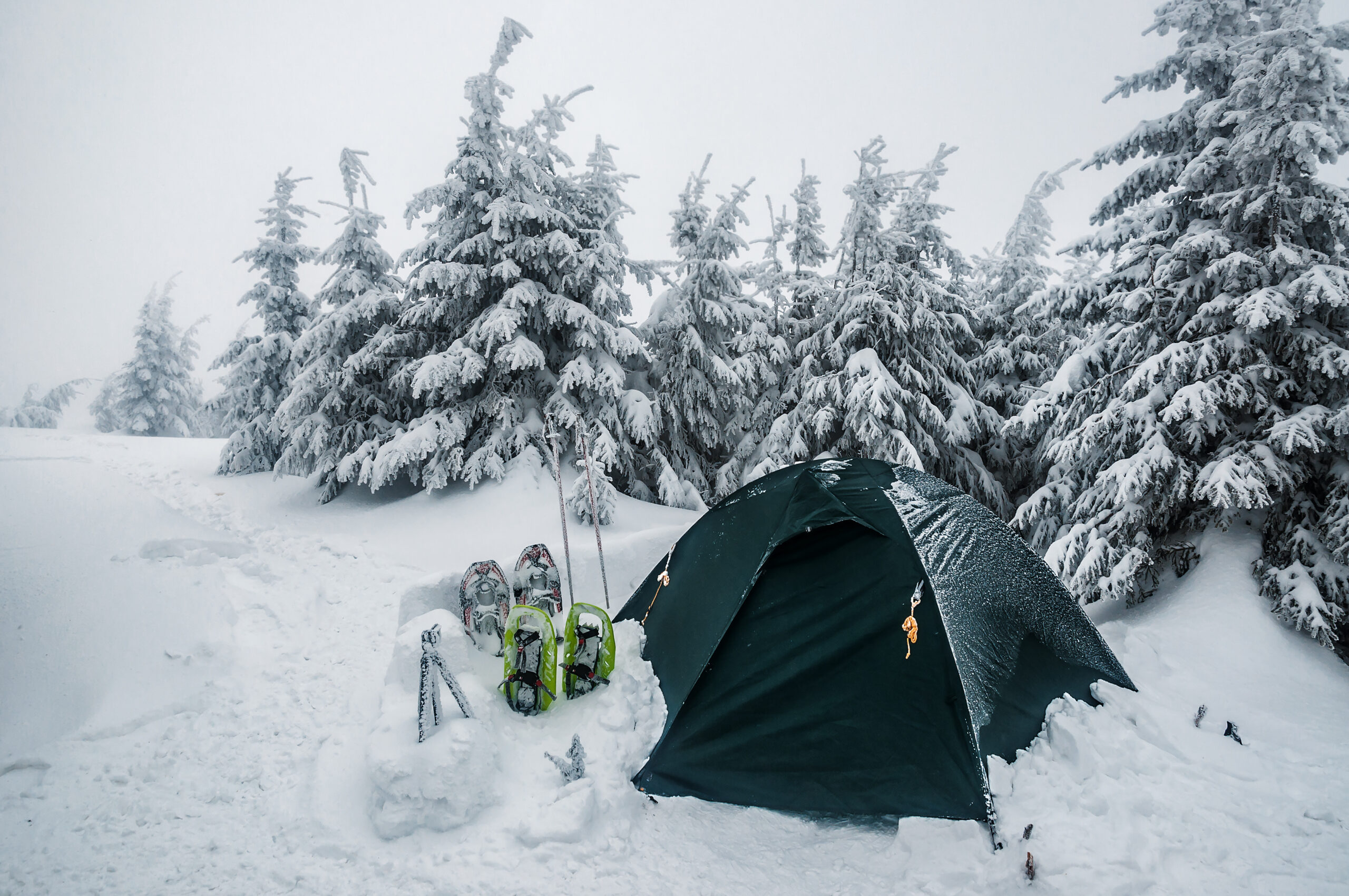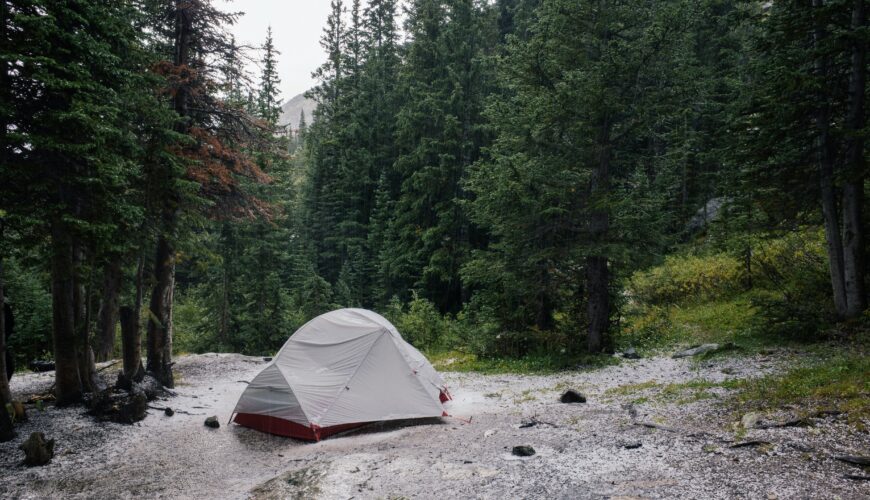Tactics
Sporting Clays Technique: How To Deal With Teal
November 24, 2025 •Mark Chesnut
June 10, 2022
With the arrival of June, we have also hit prime camping season so we’re going to talk about camping and rain. Trust that I have been officially designated as an Expert on this topic because I have repeatedly demonstrated the ability to break even a Level Four drought by simply looking at a picture of a tent.
Those of you safely ensconced within an aluminum condominium-on-wheels simply roll over and go back to sleep upon hearing the gentle patter of rain on your impervious roof. The more mischievous also have a quiet chuckle before returning to dreamland while thinking about people like Yours Truly who are also awake and wondering how deep the water will get before the order is given to abandon ship.
More and more people are plunking down their life savings to purchase travel trailers or recreational vehicles and I think that’s great. I also owned a trailer for two years. However, as a curmudgeonly traditionalist, I finally realized that an outdoor trip isn’t successful for me unless I have slept with only the sheerest of fabric between Mother Nature and thee.
That, and I’m cheap.
I have spent nights under the stars all over the United States while weathering conditions that ranged from that breathless Florida malaria-research swamp in August to one night in the Cumberland Gap when the mercury dipped to 12 degrees. Along the way, I have also experienced enough rainfall to fill Lake Michigan; I believe that was May 1, 1989.

Tent on the snow in winter Carpathian mountains. Extreme hiking. Winter camping
Now that I’ve shared my experience and dried the tears, let’s talk about how to stay dry. Above everything else, the most important piece of puzzle is to own a quality tent with a full rain fly. I cannot stress this enough because I have operated in both ends of the spectrum and there is no comparison.
Let me say it again: you must have a rain fly that covers the entire tent.
Unfortunately, most “budget” family model tents have either an inadequate or a non-existent fly. The rain fly found on most discount store tents is simply there to lull you into a false sense of security because the moment a passing thunderstorm rain begins hammering down with frog-drowning force, your tent will begin to resemble a nylon swimming pool.
Fortunately, there is a cheap, ugly, low-technology answer: the ubiquitous plastic tarp. Always take a tarp along a few sizes larger than your tent and use it to build a nice, big rain fly. This type of rig worked great with the old canvas tent that I used up until two years ago. By using salvaged aluminum poles to raise the fly near doors and windows, along with a healthy helping of rope and stakes, the tarp almost looked like original equipment. Likewise, don’t skimp on the tie downs unless you enjoy middle-of-the-night drama.
The groundsheet under your tent should be a heavyweight piece of plastic a few inches smaller than the floor. Tuck any exposed edges well under the tent to prevent funneling water underneath and inside. Another good trick when you are expecting rain is to put the groundsheet inside the. It makes for a slippery sleeping surface but you will stay drier, at least until water reaches a depth to start pouring over the sides.
Trust me on that point.
Self-inflating or closed cell pads are comfortable to sleep on and have the added bonus of keeping bedding high enough off the floor to stay dry. You should also try to keep all clothing, bedding and people away from the lower tent walls because that will undoubtedly become wet regardless. A sleeping bag pushed up against the wall will quickly become saturated by water being wicked through the fabric.
When seeking a site, look for signs of previous high water or slight depressions that turn into rivers once the rain begins. This became an issue in Florida a few years ago when I ignored obvious signs of previous flooding.
After arrival at our campground, we asked to move off of a nice gravel pad and into a sandy area because I was concerned about damage to the floor. Later, as we slopped about in the calf-deep water, I noticed our initial tenting site was completely dry.
Above all, plan on rain and hurricane-force winds even if the weather is beautiful and calm. If you operate on this this mindset you are far less likely to skimp on foul weather preparation, which will prevent the singular experience of dancing around in the middle of the night during a stinging downpour while trying to tie down a dangerously flapping tarp.
If you do ever find yourself engaged in such wild antics, stop by and say hello.
You’ll find me contentedly asleep deep in the pond next door.
